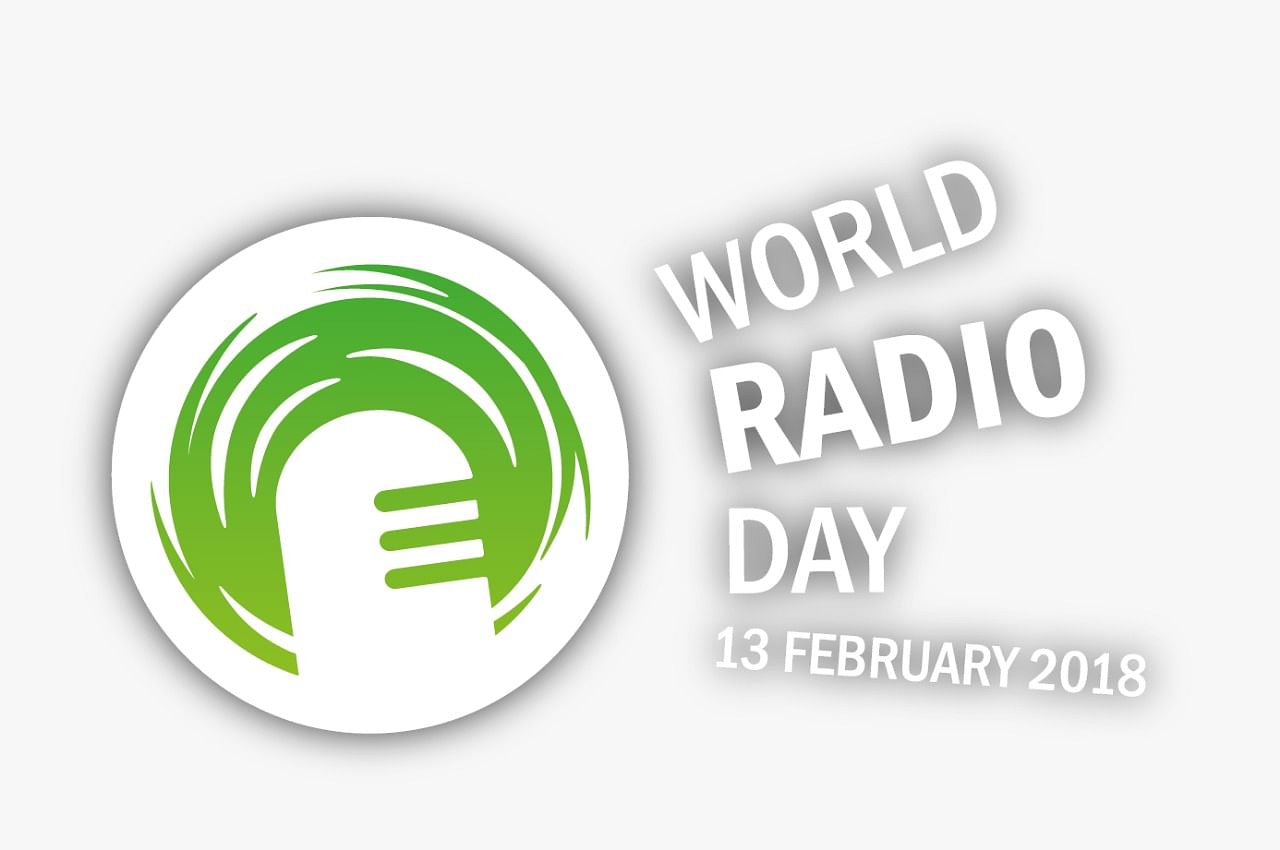
It is the 8th edition of World Radio Day today and people around the globe are celebrating it in different ways. Officially announced by UNESCO in the 36th General Conference in 2011, it has been celebrated ever since. The 2019 theme for World Radio Day is 'Dialogue, Tolerance and Peace’.
Radio is a common commodity today but before the 19th century, wireless radio communication was a fantasy for many. Even after the invention of the radio, it took several years for it to reach the hands of a common man.
In the era of new media and Information and Communications Technology (ICT), it has become a common question if the radio is still relevant.
"Radio is the theater of the mind; television is the theater of the mindless." - Steve Allen
DH spoke to people to find if the radio is relevant in today's i-Tunes era and a majority of them thought it was and will continue to survive through the digital renaissance. For people in rural areas, radio is a free and handy source of entertainment. The fact that a listener need not be literate to enjoy a radio adds to its appeal. While television feeds images to viewers, a radio gives birth to imagination.
This World Radio Day, let’s acknowledge the role of radio in uplifting and enhancing the life of the masses.
To mark this day, Padma Shri Awardee Sudarshan Pattnaik created a sand art to spread awareness about one of the most powerful tools of communication.
'Promoting Dialogue and Participation' and 'Uniting Under Common Concerns' are the two sub-themes this year. They primarily focus on issues such as migration or violence against women, building tolerance and overcoming differences between communities which can raise awareness among listeners.
Speaking of creating awareness among listeners, community radio has been playing an important role in bringing about a change in rural India in the past decade.
Community radio: Changing the lives of people in rural areas
Community radio is a venture into spreading humanity, the roots which can be traced back to the 1940s. It was introduced in Bolivia during a labour strike in order to provide a platform for the union members and their families to have their voices heard.
Pacifica Foundation established the first community radio station in the United States in 1949. It spread from the western countries to the lesser developed ones and still continues to grow.
Community radio is produced and broadcast by local participants. They create their own programmes and participate in operating the station. Community radio covers a short distance and is aimed at reaching out to a specific locality or community of people.
In India, there are more than 180 community radio stations. Community radio broadcasts in local languages which are not used in television. Due to this, it attracts a lot of listeners in the country.
In a country like India, with diverse cultural and social practices and with 122 major languages, community radio takes a prominent place in entertaining and influencing people.
Prashanth V, a communication researcher, says, "Taking Karnataka as a core example, community radio remains relevant even in this digital era. In Budikote, Namma Dhwani Community Radio has taken up initiatives to uplift rural Karnataka by understanding the prominence of grass root communication."
Community radios spread awareness among localities regarding health, women empowerment, education, food habits, sanitation, agriculture, employment and similar issues through well-designed programmes.
Community radio stations in rural areas have a greater impact on the people as they find it extraordinarily satisfying to improve themselves as well as help transform community life, says Prashanth. He adds that it doesn’t have a great impact on the urban masses as they look forward mostly to commercial content.
"Taking into consideration the scenario in Karnataka, it can be observed that many people still listen to radio," says Professor AS Chandramouli.
The main reason behind the radio still being one of the leading modes of communication is the personal touch it provides and creates a scene similar to person to person conversation, especially when new technologies are leading to isolation.
Even today, in villages, when one tunes into radio, it is an occasion where many people gather to listen to the programs and discuss it.
Some of the prominent community radio stations in Karnataka
1. Radio Active- run by Sri Bhagwan Mahaveer Jain College
2. Radio Siddhartha- run by Sri Siddhartha Centre for Media Studies
3. Ramana Dhwani- run by Shree Ramana Maharshi Academy for the Blind
4. Community Radio Manipal- run by Manipal Academy of Higher Education
5. Sarathi Jhalak - run primarily by women
6. Namma Dhwani- run by The Mysore Resettlement and Development Agency
7. Krishi CSR- run by University of Agricultural Sciences
8. Jana Dhwani- run by Viveka School of Excellence.
Special recognition
UNICEF India recognises Saritha, a programme producer at 'Radio Mattoli' - a community radio in Wayanad was recognised for her efforts to disseminate information related to health and nutrition through their programme.